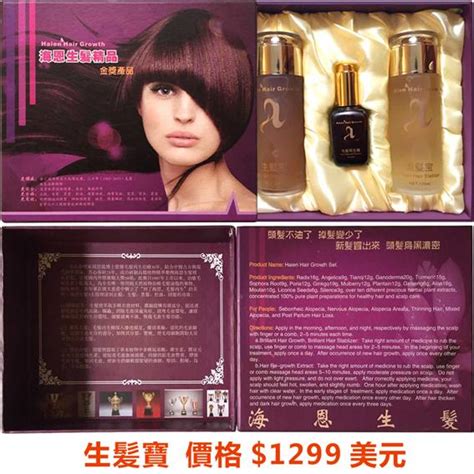Introduction
Human hair extensions have become an increasingly popular way to transform one’s appearance, adding length, volume, or color to natural hair. According to a recent study by the American Academy of Dermatology, over 40% of women in the United States have used hair extensions at some point in their lives.

Types of Human Hair Extensions
Human hair extensions come in a wide variety of types, each with its own unique set of benefits and drawbacks. The most common types include:
- Clip-in extensions: These extensions are attached to small clips that can be easily snapped into the hair. They are a great option for temporary use or for adding a pop of color or highlights.
- Tape-in extensions: These extensions are applied using a thin strip of tape that is attached to the hair. They are more permanent than clip-in extensions and can last for up to 8 weeks.
- Fusion extensions: These extensions are attached to the hair using a heat-activated adhesive. They are the most permanent type of extension and can last for up to 6 months.
- Sew-in extensions: These extensions are sewn into the hair using a needle and thread. They are the most time-consuming to apply but can last for up to a year.
Benefits of Human Hair Extensions
Human hair extensions offer a number of benefits over synthetic extensions, including:
- Natural look and feel: Human hair extensions are made from real human hair, so they look and feel completely natural.
- Versatility: Human hair extensions can be styled, colored, and washed just like your own hair. This gives you the freedom to create a wide variety of looks.
- Durability: Human hair extensions can last for months or even years with proper care. This makes them a more cost-effective option than synthetic extensions, which typically need to be replaced every few months.
Drawbacks of Human Hair Extensions
There are also a few drawbacks to using human hair extensions, including:
- Cost: Human hair extensions are more expensive than synthetic extensions.
- Maintenance: Human hair extensions require more maintenance than synthetic extensions. They need to be washed, conditioned, and styled regularly to keep them looking their best.
- Damage: Human hair extensions can damage your natural hair if they are not applied or removed properly.
Choosing the Right Human Hair Extensions
Choosing the right human hair extensions for your needs can be a daunting task. There are a few things to consider when making your decision, including:
- Type of hair: Your hair type will determine which type of extensions are best for you. If you have fine hair, you will need to use extensions that are specifically designed for fine hair.
- Length and volume: Decide how much length and volume you want to add to your hair. This will help you narrow down your choices.
- Color: Choose a color that matches your natural hair color as closely as possible. This will help the extensions blend in seamlessly.
- Budget: Human hair extensions can be expensive, so it is important to set a budget before you start shopping.
Applying Human Hair Extensions
Human hair extensions can be applied by a professional hairstylist or at home. If you are applying the extensions yourself, be sure to follow the instructions carefully.
Here are the general steps for applying clip-in hair extensions:
- Brush your hair to remove any tangles.
- Section off the top layer of your hair.
- Clip the extensions into the sectioned hair, starting at the nape of your neck.
- Work your way up the head, clipping in extensions until you reach the desired length and volume.
- Style your hair as desired.
Maintaining Human Hair Extensions
To keep your human hair extensions looking their best, it is important to follow a regular maintenance routine. Here are a few tips:
- Wash your extensions every 2-3 weeks with a sulfate-free shampoo and conditioner.
- Avoid using hot water when washing your extensions.
- Brush your extensions gently with a wide-tooth comb to remove tangles.
- Avoid over-styling your extensions. Heat can damage the hair.
- Store your extensions in a cool, dry place when not in use.
Troubleshooting Human Hair Extensions
If you are experiencing any problems with your human hair extensions, there are a few things you can do to troubleshoot the issue.
Here are a few common problems and solutions:
- The extensions are shedding: This is a common problem with human hair extensions. To reduce shedding, be sure to brush your extensions gently and avoid over-styling them.
- The extensions are tangled: To detangle your extensions, use a wide-tooth comb and be gentle. You can also use a detangling spray to help loosen the tangles.
- The extensions are dry: To moisturize your extensions, use a leave-in conditioner or hair oil. You can also deep condition your extensions every few weeks.
- The extensions are damaged: If your extensions are damaged, you may need to have them repaired or replaced. Consult a professional hairstylist for advice.
Conclusion
Human hair extensions are a great way to transform your look and add length, volume, or color to your hair. With proper care and maintenance, human hair extensions can last for months or even years.
